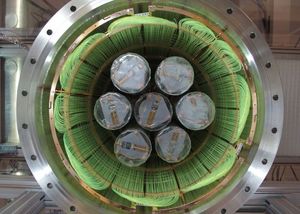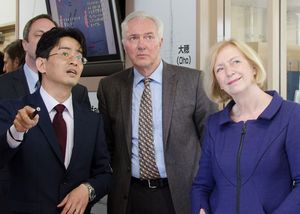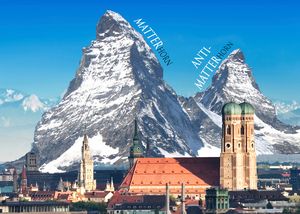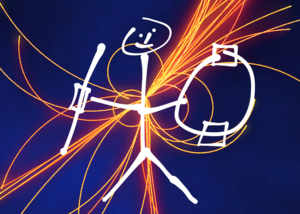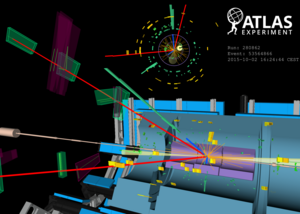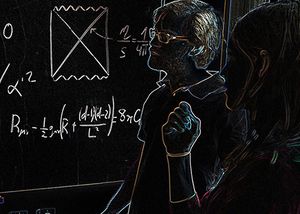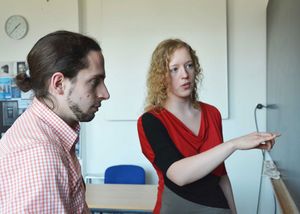
Medien berichten über MPP-Doktoranden beim Treffen der Nobelpreisträger in Lindau
Lindau Nobel Laureate Meeting

Sein oder Nichtsein: Existiert Schrödingers Katze?
Café & Kosmos am 19. Juli 2016, 19 Uhr im Muffatcafé
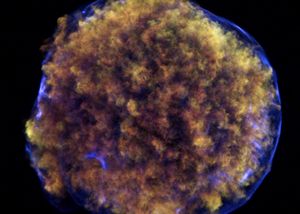
Was uns historische Supernova-Überreste verraten
Café & Kosmos am 17. Mai 2016, 19 Uhr im Muffatcafé
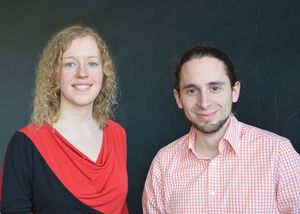
Three MPP doctoral candidates selected for the Lindau Nobel Laureate Meeting
Learning from Nobel Prize winners
